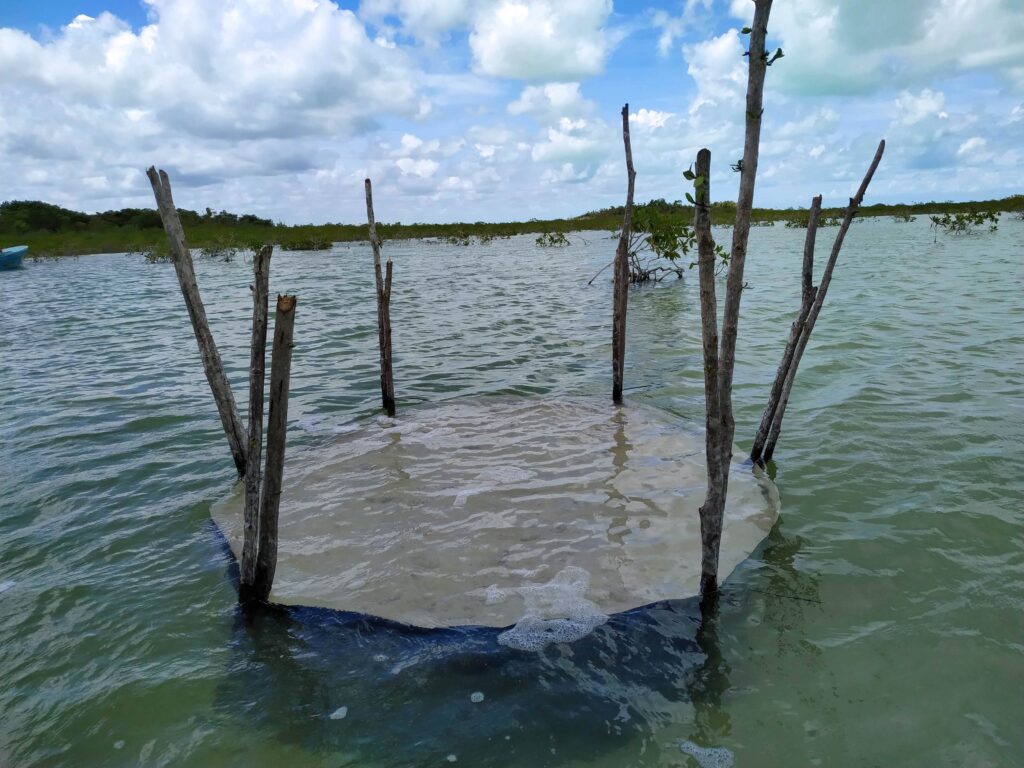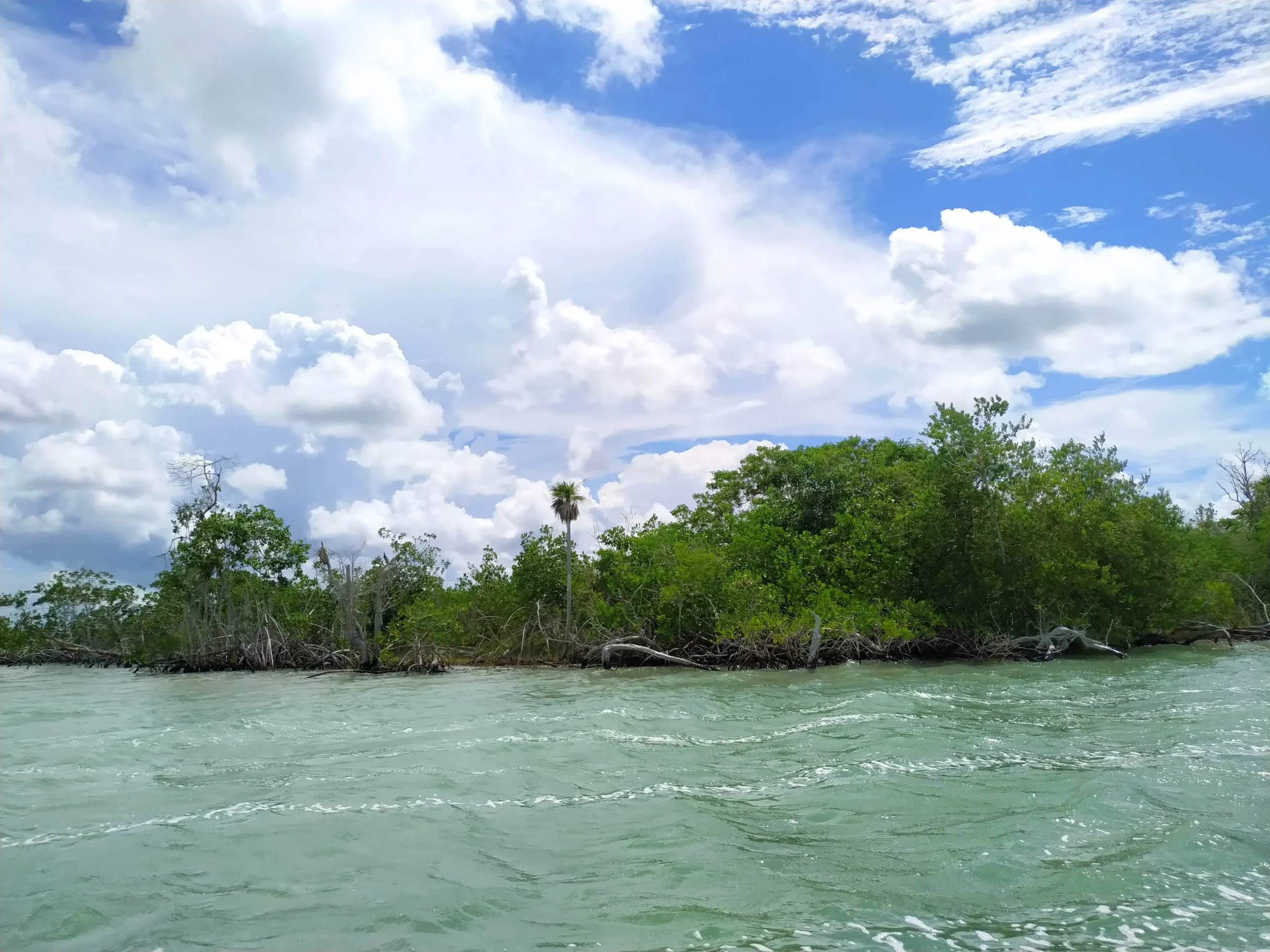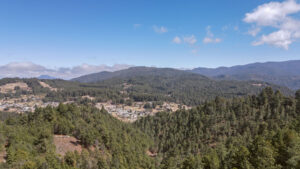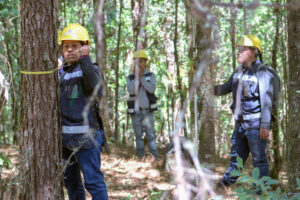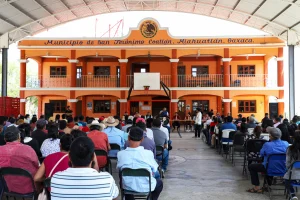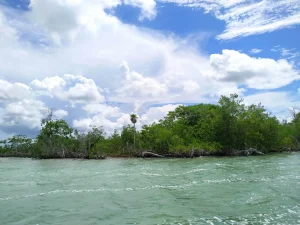Located where the land and the sea intertwine, mangroves have captivated scientists and nature enthusiasts alike with their unique characteristics and vital ecological function.
Mangroves serve as crucial nurseries for countless marine species, offering shelter and protection to juvenile fish, crustaceans, and other organisms. Moreover, mangroves are phenomenal carbon sinks, capturing substantial amounts of atmospheric carbon dioxide and contributing to the fight against climate change. These ecosystems also support local economies through ecotourism, sustainable fishing practices, and the extraction of wood and medicinal resources.
With a global distribution spanning the tropical and subtropical coasts of approximately 120 countries and territories, mangroves are the true MVPs of coastal biodiversity.
Global Mangrove Watch estimated that the total area covered by mangroves in 2016 was 135,881.65 square kilometers, representing around 12% of the world’s coastline. Among the countries proudly hosting vast mangrove areas are Indonesia, Brazil, Australia, Mexico, and Nigeria. These nations understand the value of mangroves, not only in terms of their ecological importance but also for the vital services they provide to human communities.
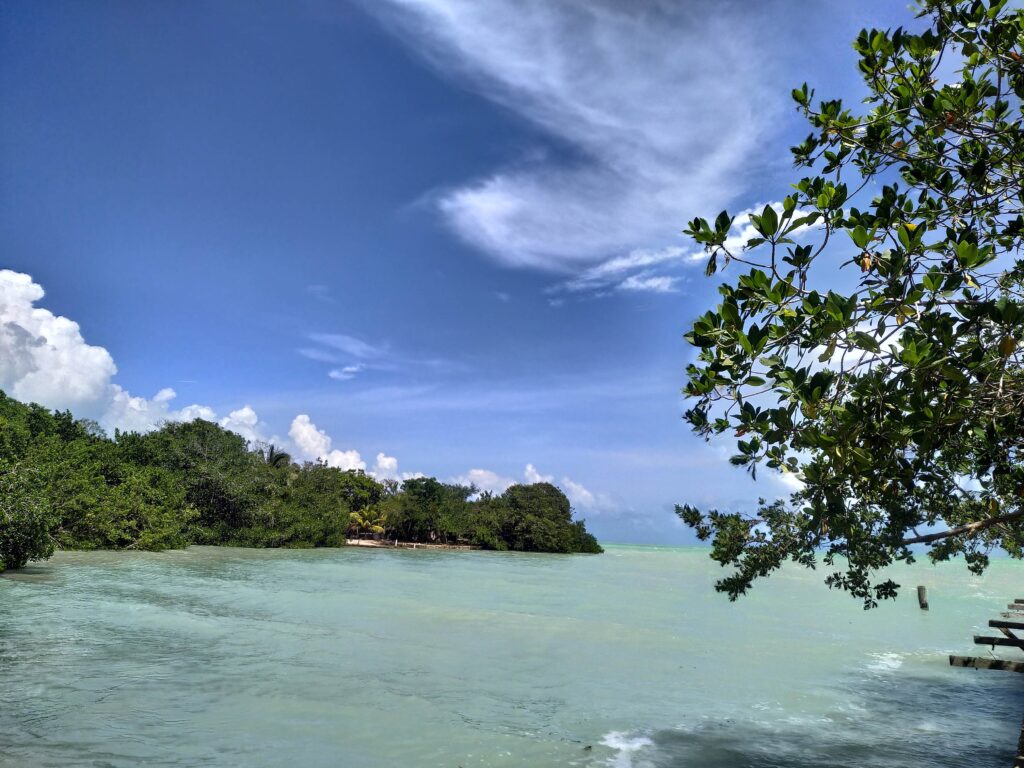
The estimated mangrove area by the Mangrove Monitoring System in Mexico in 2020 was 905,086 hectares, a figure that increased considerably compared to 2015 with a quantity of 775,555 hectares.
Despite their importance, mangroves face numerous threats, such as deforestation, pollution, and sea-level rise induced by climate change. Recognizing the importance of mangroves and implementing effective conservation measures is crucial to preserving these extraordinary ecosystems and safeguarding the communities that depend on them.
Yaax Carbon actively participates in the implementation of Carbon Capture Projects in mangroves that not only favor the natural environment, its properties, and its possibilities but also the integration of social factors as a fundamental part of the development and implementation of best conservation and ecosystem restoration practices according to the scope of each project and considering the customs and traditions of each region.
The next time you find yourself near a coastline adorned with mangroves, take a moment to appreciate their intricate beauty and the countless benefits they provide. These coastal guardians remind us of the delicate balance between land and sea, underscoring the interconnectedness of our planet’s ecosystems
